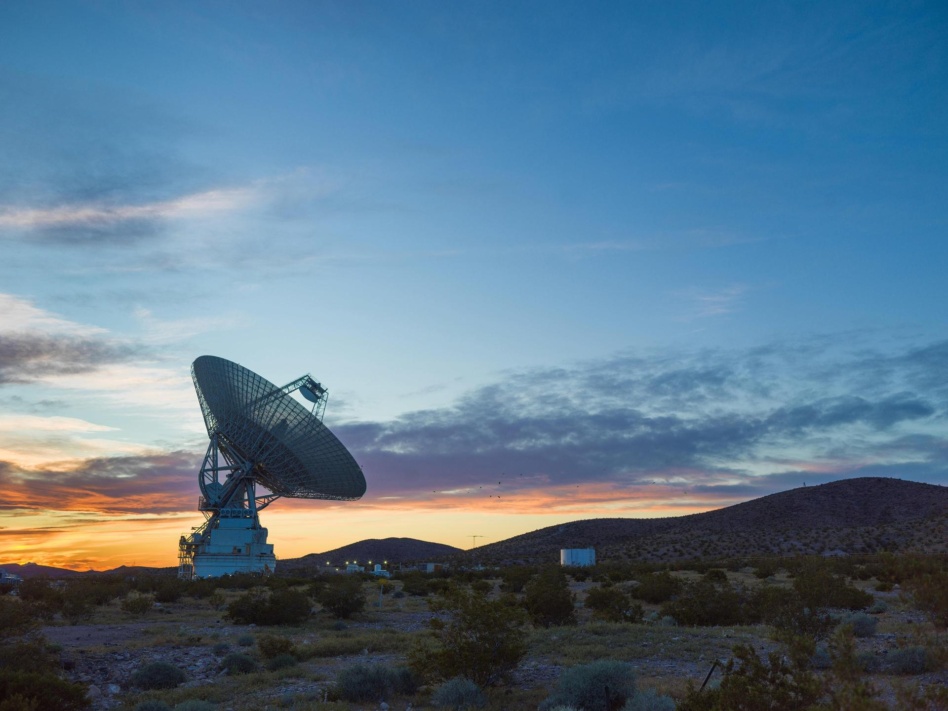Exploring the Moon and Mars, with astronauts and autonomously, will require moving a lot of data across the solar system. In July, NASA asked companies to submit proposals for how they would solve the problem, extending the deadline for responses this week.
With long-term plans to develop a marketplace where NASA is one of many customers purchasing deep-space communications, the agency asked for studies on two potential projects:
Lunar Trunkline Communication: A commercial network with a continuous downlink of at least 5 Gbps, and continuous uplink of at least 1Gbps that aims to be operable by 2029.
Mars End-to-End Communication Service: A commercial system to connect Earth to spacecraft at Mars and its vicinity; the goal is to be up and running by 2030.
- The requirement is for 10 Mbps connections between Mars assets, and 100 Mbps downlink and uplink back home.
- The service also needs to provide positioning, navigation and timing (PNT) functions, akin to GPS, and enable the control of robots operating at the Red Planet.
Push to talk: NASA is already transitioning to terrestrial satcom providers for links to near-space assets, and has hired Intuitive Machines to build a communications network and positioning system at the Moon.
The commercial sector has a technical advantage over the government in satcom, but the challenge of surviving and operating in deep space will be a relatively new one for the private sector.
Who’s going to pay for it? If the studies are compelling, it’s not clear whether these networks will get built quickly. The White House budget called for more than $1.6B to be spent on “Commercial Moon and Mars Infrastructure and Transportation” in the next two years, but the Senate’s appropriations bill, at least, makes no mention of additional investments in lunar or Martian communication.



